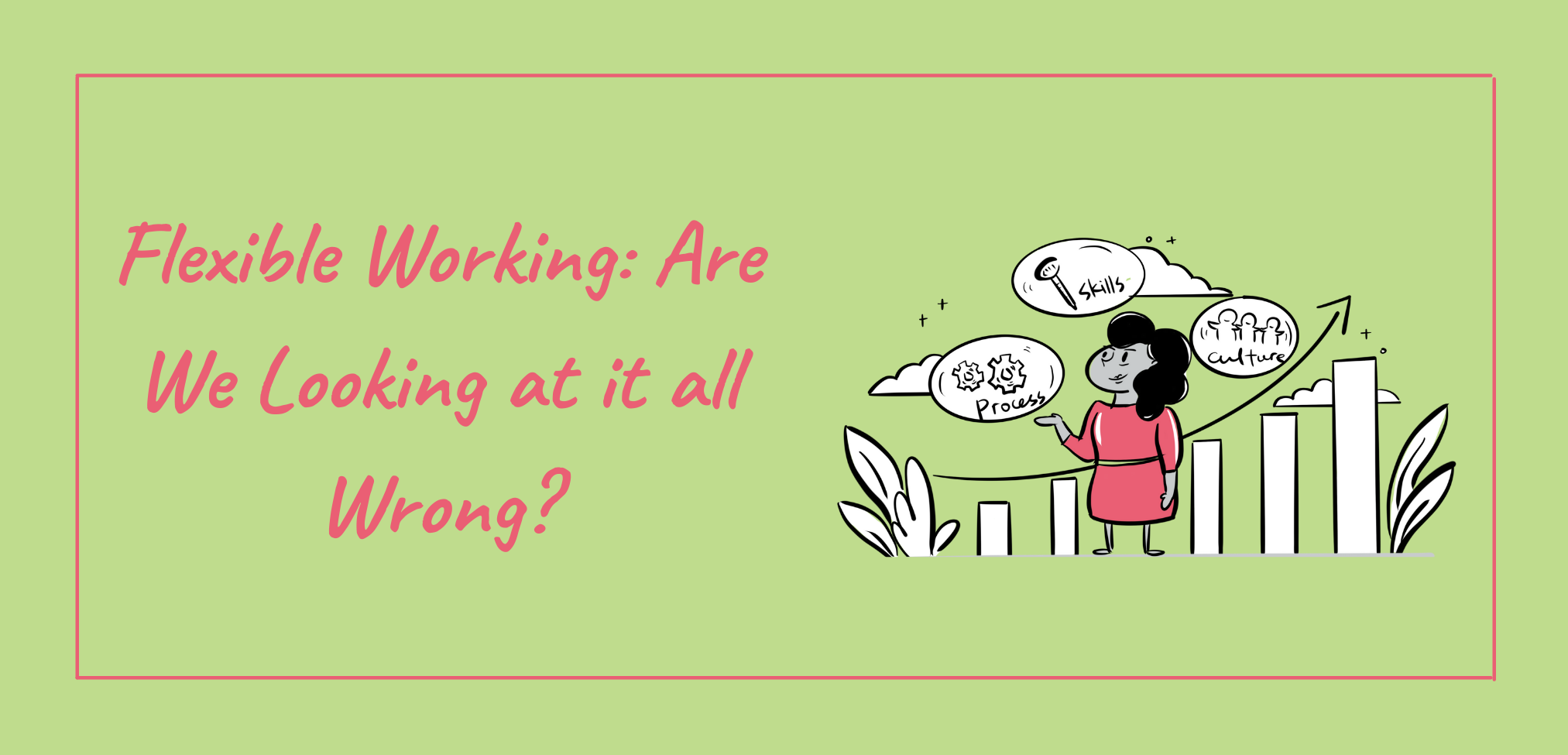In a world where people across the globe can be connected within seconds, and time zones and distance have long ceased to be barriers to a productive work life, it seems crazy that it’s taken a pandemic to finally give employees the agency to dictate where and when they can work. For a long time, like driverless cars and Amazon drone deliveries, flexible working always seemed a futuristic prospect that would be tried and tested by the Silicon Valley heavyweights before ever reaching us. Finally, almost overnight, people have had more control over their working day than ever before, and it’s an autonomy that many have relished. In fact, a recent report published by PUSH found that 30% of us are anxious about going back into the office full time.
Now, as we creep back to normality, many leaders understandably want to see staff back in the office – but how to do this while maintaining a sense of employee independence? A hybrid model seems the obvious solution, but how, as a leader, do you approach this? Allowing people to dictate the days they come in, or ordering that staff be in on certain days and not on others. How much say – and indeed sway – should workers have in the workplace revolution? And what does flexible working actually look like – is it really the location that’s important?
Your future workplace has to take into account the different personalities and circumstances of your people. Maximum flexibility enables employees to work in a way that is convenient and comfortable for them; young employees in small apartments and empty nesters working in cities, for example, may well be craving the sociable, dependable environs of the office, whereas staff with children in the suburbs would happily spend their entire week working from home. Your people are unique; it is unlikely that a one-size-fits-all approach will work for everyone; therefore a focus on choice seems a natural solution. Not to mention dictating hours spent in the office is not the definition of flexible working.
One of the downsides to this is the risk it poses to office diversity: research suggests that among graduates with young children, women want to work from home full-time almost 50% more than men. There is also the possibility of creating divisions within the workforce: a situation where you have an office group pitched against those working from home isn’t helpful for anyone. Finally, there are the widely acknowledged benefits to working in the same space, among them the direct correlation between innovation and population density, and the fact that working with people can be a cure for social isolation. Ultimately, life and business are better when people come together.
So, how can we work with these varied viewpoints to find the sweet spot for your business? It’s all about creating a framework that is truly flexible. Ask yourself the right questions: How do we make our people feel safe, engaged, motivated; how do we ensure they have the energy and resilience to keep going? If you’re limiting the conversation to ‘is it 2 or 3 days in the office?’, then you’re heading down the wrong track. Flexible working is not about where you work or when you work but how you work. After all, the success of a business depends on the people within it, and it is not where they park their laptop on a daily basis but how they feel about the work in hand that really matters.
And when you see it like that, then the workplace becomes just another tool, much like email or Slack, one that exists to enable employees to work better – to facilitate communication and nurture creativity and innovation. Because shouldn’t a workplace be able to exist in any location, while still maximising collaboration and socialisation?
It may take some time to create the model that works for you; embrace this as an opportunity to experiment, and resist making final decisions. Try a number of different iterations and setups, encouraging feedback and collaboration from your people – this way you can establish what works for your business and your staff.
Upskilling is also crucial as we enter this new era, both for leaders and employees. Much more is being asked of our leaders in a post-Covid world – people are looking to them to create new working scenarios that foster innovative, productive and happy employees. However, we know that many leaders are shying away from this challenge, simply because they don’t feel they have the expertise or resources to execute it successfully. Put simply, they know innovation is critical, but they don’t know how to do it. Upskilling staff is also crucial to this process; just as people can be guided on how to best use Slack, email or Zoom, so too can they benefit from an understanding of how best to use flexible working to their and the businesses’ advantage.
In spite of the challenges and big decisions that lie ahead, this has the potential to be a period of real growth for businesses. Listen to the wants and needs of your people and reconcile them with what your company needs in order to prosper. In doing this you can build a system that is truly flexible: a workplace that works for everyone.

more articles by Cate Murden


